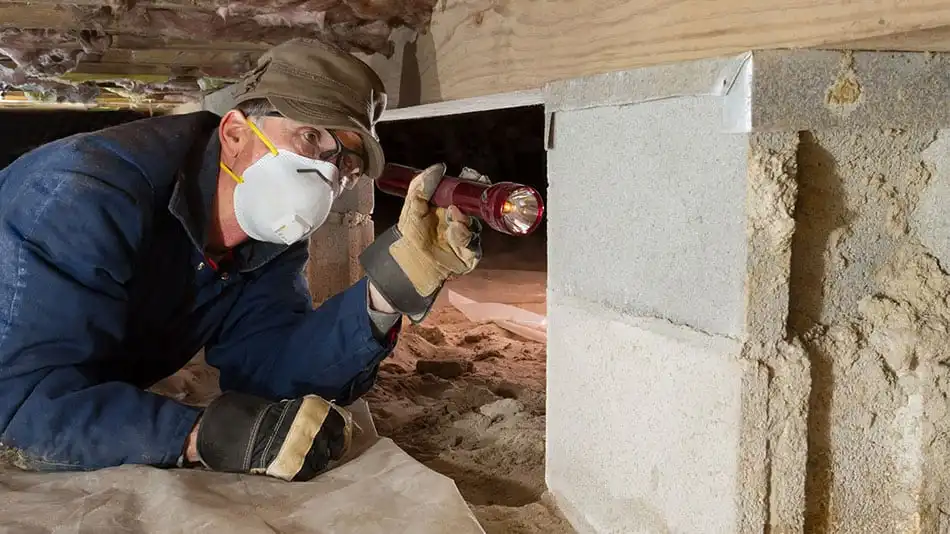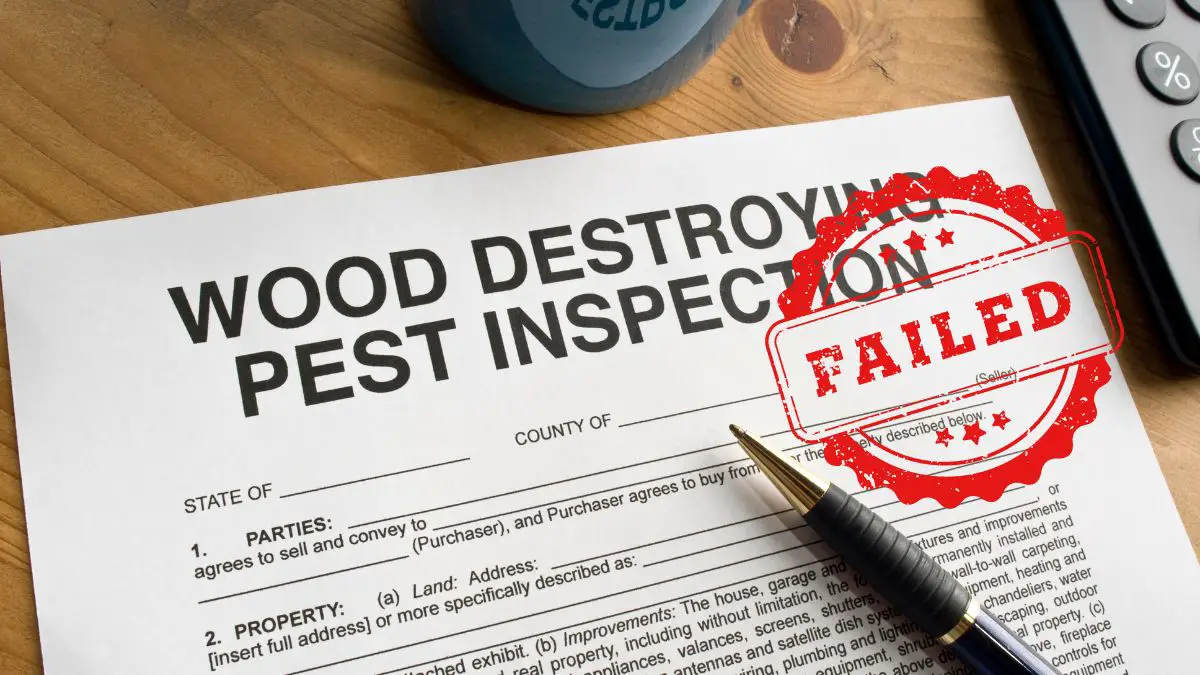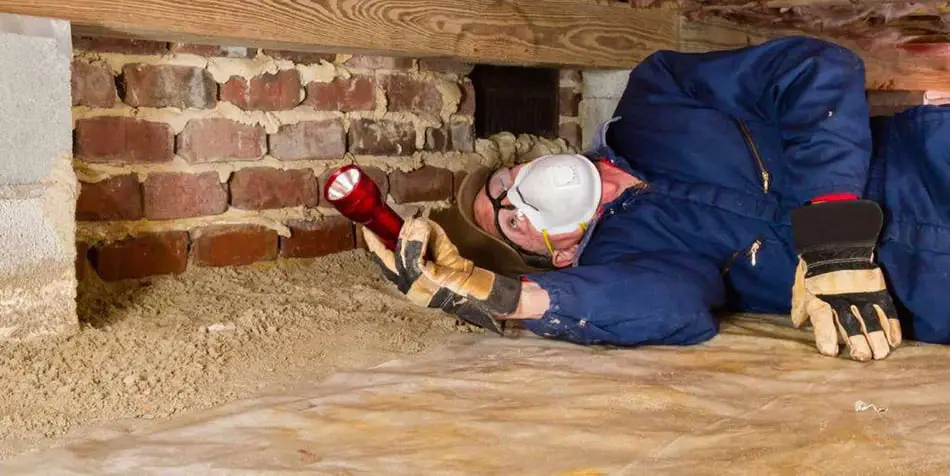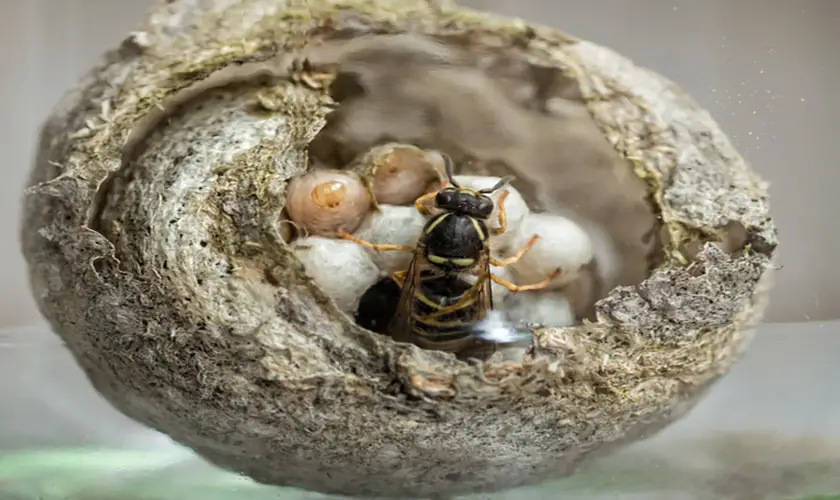
Have you ever seen a wasp nest and wondered what would happen if you killed the queen wasp? Would the rest of the wasps fly away, or would they continue to build their nest? In this blog post, we will explore what happens if you kill a queen wasp and explain the role of the queen wasp in a wasp colony.
When you kill the alpha queen wasp, the beta queen will immediately take her place. The alpha queen is not exclusive because most female wasps can transform into queens and reproduce male and female wasp larvae.
Get FREE quotes from licensed pest control technicians in your area today. Whether you need spraying for ants, roaches, spiders, ticks, mosquitos, or bed bugs, We Can Help! All technicians are screened, licensed, and insured.
Wasps don’t die when they sting you and can deliver several painful wasp stings in a row. You might be alarmed to see not one but several wasps congealing and living together in a small to large nest close to your home. How do you get rid of wasps?
Wasps are very different from bees in social structure, and below we will explore their hierarchy in more detail.
What does a Queen Wasp Look Like?
Adult wasps tend to have a similar body size, and it can be challenging to identify the alpha queen at first glance; here are things you can look out for
- Larger body size – The alpha queen will have a slightly larger and more elongated body than the other females.
- Dominant behavior – The alpha queen will exercise dominance by beating her feelers on the subordinates’ heads or torsos.
- Doesn’t leave the nest – The alpha queen does not go out to forage; she stays in the nest to lay eggs and tend to the wasp larvae.
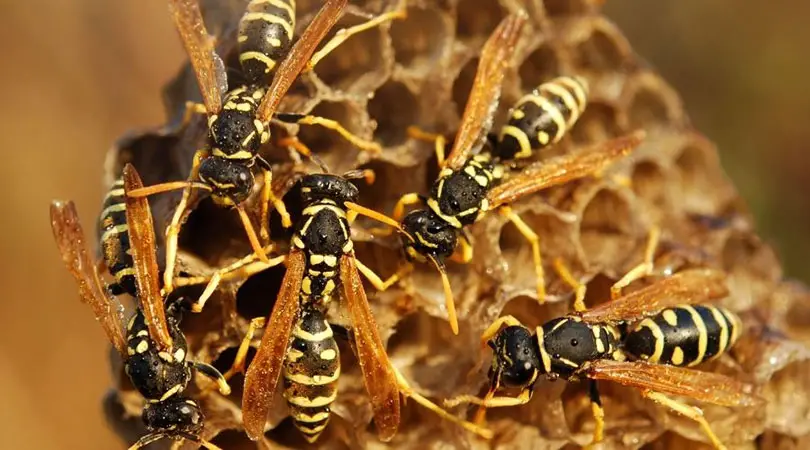
Wasp Colony Structure Explained
In wasp colonies, their social structure differs from what we might imagine. Unlike honey bees, wasps are very selfish. They do not conform to the hive mind structure and will eliminate the current queen at any given moment to take the position for themselves. So how do they then co-exist? Let’s explore:
- Altruism: Wasps can recognize their next of kin, and their behavior towards their family is very selfless as they acknowledge that they share genes.
- Chemical signal: The wasps can identify one another and the alpha queen through complex pheromones and chemical signals. These pheromones also help them identify intruders.
- Self-recognition: Wasps have developed a method of remembering interactions with individuals and storing their genetic patterns for future recognition. They are also reassured of their position within their complex colony.
What Happens When You Kill The Queen?
Wasps form part of what is known as social insect colonies; unlike the structures of bees and ants with a single queen that reproduces, adult worker wasps have a chance of producing offspring.
They can supersede the current queen and start a new nest colony straight away or enter hibernation to emerge as fertile females capable of producing male and female eggs.
With this in mind, should you kill the alpha or the most dominant queen of a hive, the beta queen will take over her position and assert dominance over the gamma female below her.
The authority gets passed on through individual wasps down the ranking. Killing the queen in most wasp nests will not mean the end of the colony but its continuation. You can read more in this study here.
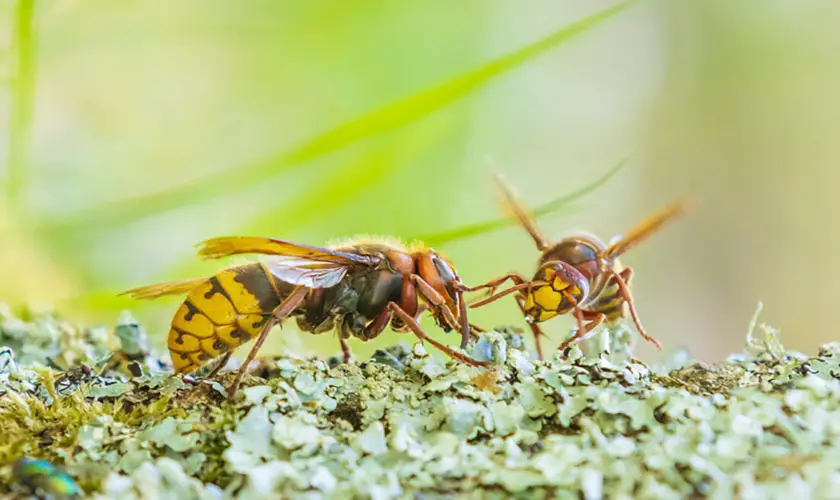
How Many Wasps Live In A Colony?
Wasps are divided into two categories:
- Solitary wasps – who live alone
- Social wasps – who dwell in colonies
The majority of the tens of thousands of species of wasps that have been discovered are solitary.
The social wasps include hornets and yellow jackets (yellowjackets). They differ from other wasp families because their wings are folded longitudinally at rest. 1
Wasp colonies tend to be much smaller than bee colonies, they have a different social construct, and their roles are much more defined. Here is a list of the three most common wasps you might encounter:
- Northern Paper Wasps: The paper wasp queens can have colonies from as little as 12 individuals to more enormous nests of up to 400 individuals and 500 cells.
- Bald-Faced Hornet: Bald-faced hornets are wasps that usually live in colonies of between 100 to 700 individuals.
- Yellow Jacket Wasp: Yellow jackets are social wasps that dwell in colonies of workers, queens, and males (drones). The colony can reach a maximum size of 4,000–5,000 workers and a nest with 10,000–15,000 cells during late summer. The yellow stripes identify them on the body.
- Mud Wasp or Mud Dauber: The mud dauber is a solitary wasp species and will often only be a male and female pair that builds their nest together and tends to the young. A mud dauber is sometimes called a dirt dauber.
Should I Get Rid Of The Wasp Nest?
As we have established, wasps are nothing like their stinging counterparts, the bee. Wasps can make decisions for themselves and have a certain level of selfishness that can tilt their loyalty towards the alpha queen at any moment. We have put together an article on if it is okay to kill wasps for more information.
However, should you attempt to get rid of the nest yourself, and if so, do you kill the wasps or destroy the nest alone and hope they leave? Let’s look at the pros and cons.
Pros
- Apex Predator. Wasps help keep the insect population under control and greatly assist farmers and gardeners in maintaining pests like flies, ants, and caterpillars off of crops and flowers.
- Active Pollinators. Without the critical task of pollinating, our food supplies would become endangered. Wasps are very busy pollinators.
Cons
- Getting stung: Nobody wants to experience the wrath of an angry wasp. Getting stung is not fun at all, and apart from the obvious pain, the venom of the wasp can cause an allergic reaction in specific individuals.
- Phobia: Many individuals like myself are scared of insects, especially those that fly and can sting. Certain people have a phobia or an exaggerated fear of a specific animal, insect, or place. The interaction can cause anxiety.
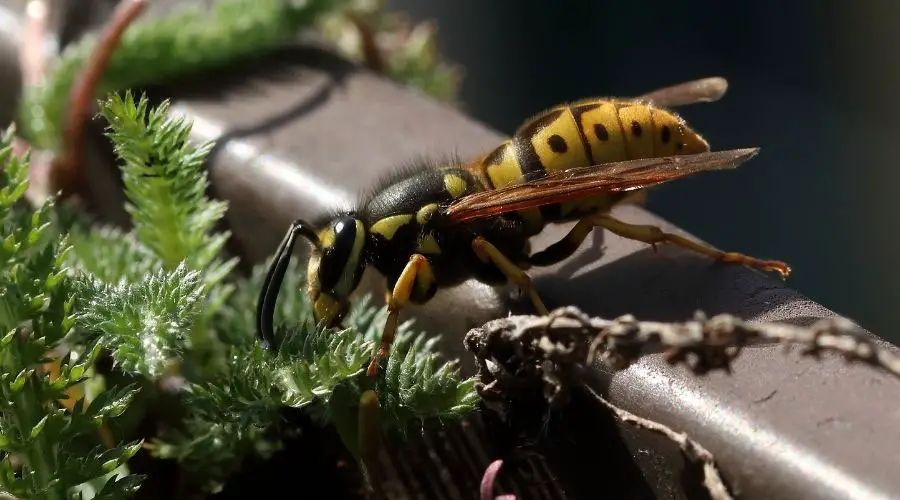
When Is The Best Time To Kill The Queen Wasp?
You can take two opportunities to kill the queen wasp before the first eggs hatch.
Spring – As the new queen wasp emerges, she searches for a suitable place to build her nest. At this point, she will be the only colony member. Now would be an excellent opportunity to get rid of the nest and the queen before a large colony forms. New queen wasps will usually emerge in early spring. By the end of May, the first worker wasps are active.
Winter – The queen will go into a solitary hibernation, and if you can identify the location, this would be the most humane time to kill the queen and prevent the emergence of a new colony in spring. The queen will often hibernate in hollow trees or tree bark.
How Long Does The Queen Wasp Live?
The alpha queen’s life cycle starts in the spring and ends with her death in Winter. Every queen will undergo the same life cycle. Queen wasps will die off in the Winter, and new queens will emerge in the spring.
Spring – The Beginning
- After the hibernation, a fertile female queen wasp emerges from her cell and starts looking for a suitable site to build her colony.
- The queen sets off to build a small nest with a limited number of cells; they construct paper nests out of the chewed wood pulp.
- The new queen lays a single egg in each cell. These wasps will be reared as her first workers and also genetic offspring.
- Once the workers are ready, the queen can lay up to 300 eggs daily. She keeps the young colony united via the release of her unique pheromone.
Summer – Expanding
- Rapid growth in the colony starts to occur as more workers are born each day.
- In a concise space, the colony can reach upwards of 10 000 individual members, all working hard at constructing, maintaining, and expanding the nest and feeding the larvae and young.
- Towards the end of summer, the queen will start laying a few fertilized eggs, turning into new queens and fertile male wasps.
Autumn – Slowing down
- The weather will cool down in autumn, and the alpha queen will be near the end of her life cycle. By late autumn, the colony will undergo a social deconstruction as the queen dies and the colony divides.
- The male and female workers start to tend to their own needs and do not go out to forage for the young or the larvae’s food.
- Male wasps will fertilize the future queens, and they will start to look for a place to hibernate for the Winter. They will emerge as fertile queens in early spring, ready to establish new colonies.
- During the beginning of Winter, the rest of the colony, the young, and the remaining larvae will die.

Frequently Asked Questions
Can Any Wasp Become a Queen?
In social wasp colonies, there is a social hierarchy. When an alpha queen dies, the next female wasp steps up to become queen in the pecking order. Any female wasp can rise the social ladder to become the queen wasp. Because of this, females will often fight amongst themselves in the nest to rise to the queen.
What is a Wasp Queen Called?
A queen wasp is the highest-ranking female wasp in the colony. When the queen wasp dies, the next female wasp in the hierarchy rises in power. This can cause unrest and infighting in the colony as other female wasps will fight for dominance to become queen.
How Long does Wasp Queen Live?
The queen wasp can live up to one year. The lifespan of a wasp is species-specific. But it generally lasts 12 to 22 days as a worker and up to one year for the queen. Male wasps fertilize the female wasps in autumn before the female wasps hibernate in the Winter. These females will emerge as fertile queen wasps in the spring, ready to establish new colonies of their own.
Can a Queen Wasp Sting You?
A queen wasp can sting you if they feel threatened. The highest chance of a queen wasp stinging you is in early spring when they establish a new nest before the first worker wasps hatch. The workers’ job is the help care for the larvae and defends the nest. The queen stays in the nest to care for the new wasp larvae.
Does a Queen Wasp Leave the Nest?
The queen wasp rarely leaves the nest during the summer months. The new queen is usually active in the spring when she will emerge from hibernation to build a new nest to lay the first eggs. In late fall, new queen wasps will emerge from the nest to mate before seeking a safe place to hibernate during Winter.
Are Queen Wasps Dangerous?
A queen wasp is no more dangerous or aggressive than normal wasps. The queen wasp’s sting is no more potent than worker wasps. All wasps will sting in defense of their nest, and unlike some insects, wasps can sting you multiple times.
How Many Queen Wasps are in a Nest?
In a social colony, there is only one queen wasp at a given time in a nest. Any female wasp can rise the social ladder to become the queen. A queen will lay thousands of queen eggs and unfertilized drone eggs in a wasp colony. Over a season, a nest can produce up to 1500 new queens.
Conclusion
Wasps are important pollinators, but having a wasp problem around your house is not safe as if left alone, they can become large numbers of females that will become active queen wasps at the beginning of spring the following year.
Sharing living space with insects is a foreign idea for some, even more so when those insects have stingers and a bad reputation like the wasp. The importance of the wasp in ecology is placed very high.
As we explored aspects of the queen wasp, the conclusion we can draw from what happens when you kill the queen is that the colony will adjust and continue until the Winter ends their life cycle and a new queen emerges. Their complex society has guaranteed the survival of their species.
Get FREE quotes from licensed pest control technicians in your area today. Whether you need spraying for ants, roaches, spiders, ticks, mosquitos, or bed bugs, We Can Help! All technicians are screened, licensed, and insured.


